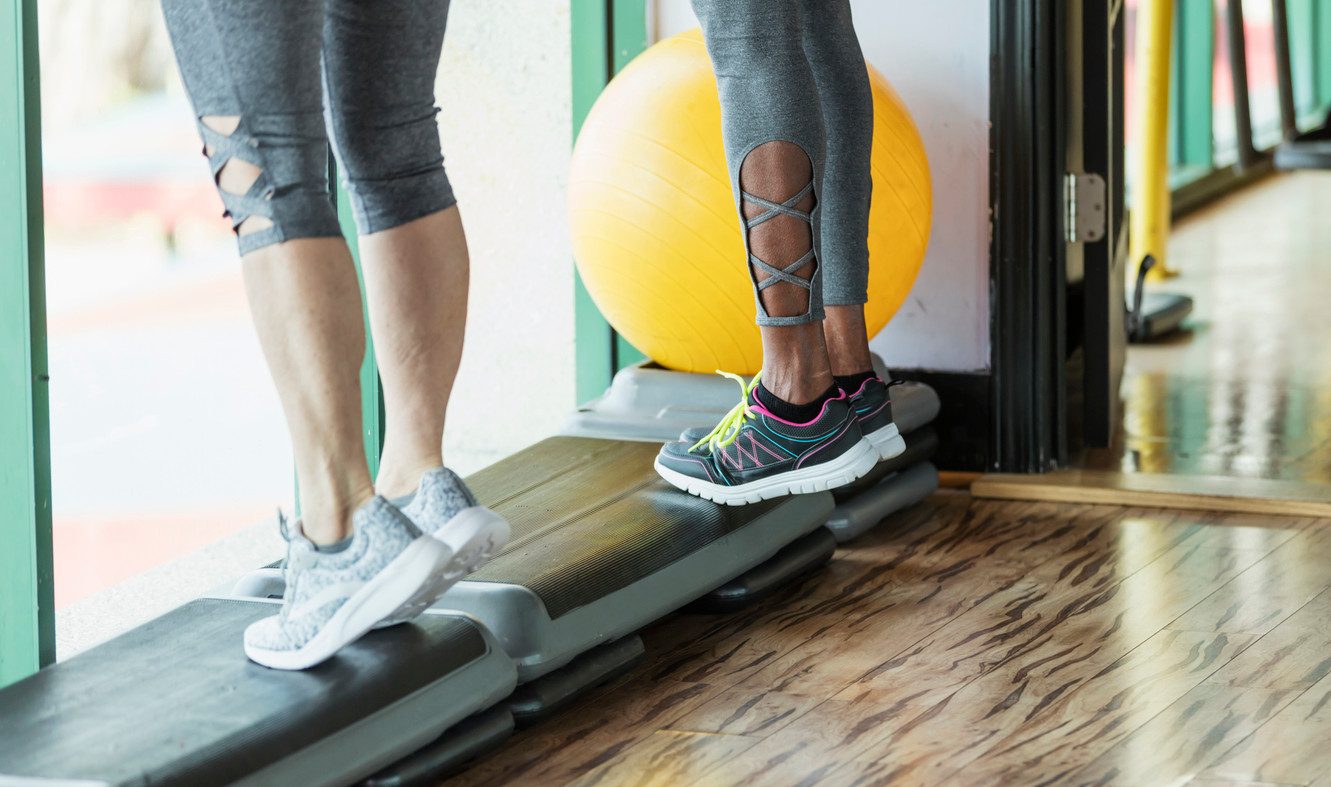9 Calf Strengthening Exercises for Better Mobility and Balance
Discover the best calf strengthening exercises recommended by physical therapists to enhance mobility and balance, and prevent injuries.
0 $ pour vous
Date de publication : Aug 28, 2024
Table des matières
Fully covered leg pain relief
Find relief from leg pain, calf pain, tight quads, & more.
Check if I'm eligible